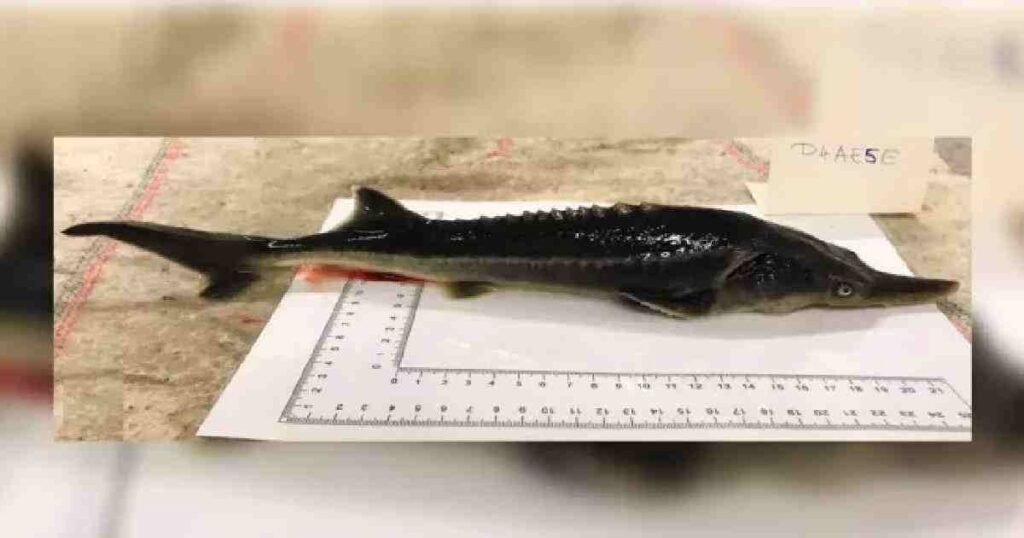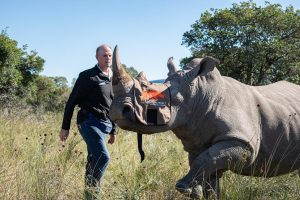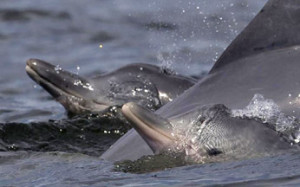Only 100 of the hybrids remain in captivity
A group of Hungarian scientists say they unintentionally created a hybrid of two endangered species – Russian sturgeons and American paddlefish – that last shared a common ancestor 184 million years ago. The hybrid has been named “sturddlefish” and the study was published in the journal Genes in May, reports Live Science.
Currently, there are about 100 of the hybrids in captivity.
Attila Mozsár, a senior research fellow at the Research Institute for Fisheries and Aquaculture in Hungary, told The New York Times that they “never wanted to play around with hybridisation” and that it was “absolutely unintentional”.
Russian sturgeons or acipenser gueldenstaedtii, are critically endangered and are the source of much of the world’s caviar. They can grow to more than 7 feet in length and live on a diet of molluscs and crustaceans.
American paddlefish (Polyodon spathula) filter-feed off of zooplankton in the Mississippi River drainage basin. They grow up to 8.5 feet long.
Both these species have a slow rate of growth and development which puts them at risk of overfishing.
Much to the surprise of Mozsár and his colleagues, they were able to breed.
The researchers were trying to breed Russian sturgeon in captivity through a process called gynogenesis, a type of asexual reproduction.
In gynogenesis, a sperm triggers an egg’s development but fails to fuse to the egg’s nucleus. That means its DNA is not part of the resulting offspring, which develops solely from maternal DNA.
The researchers were using American paddlefish sperm for the process, but something unexpected happened. The sperm and egg fused, resulting in offspring with both sturgeon and paddlefish genes.
The resulting sturddlefish hatched by the hundreds, and about 100 survive now, according to the Times.
Some are just about 50-50 mixtures of sturgeon and paddlefish genes, and some are far more sturgeon-like. All are carnivores, like the sturgeon, and share the sturgeon’s blunter nose, compared with the paddlefish’s pointy snout, the report said.
But the fact that fish separated by 184 million years of evolution could cross-breed indicates that they’re not so different after all.
“These living fossil fishes have extremely slow evolutionary rates, so what might seem like a long time to us isn’t quite as long of a time to them,” Solomon David, an aquatic ecologist at Nicholls State University in Louisiana, told the Times. – Agencies




